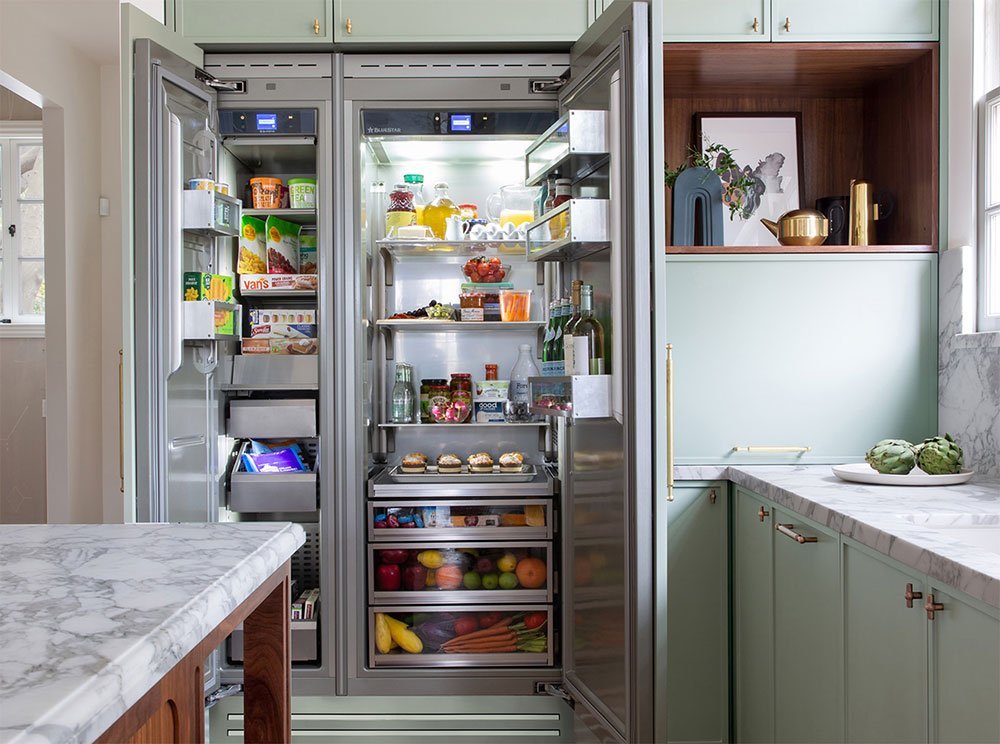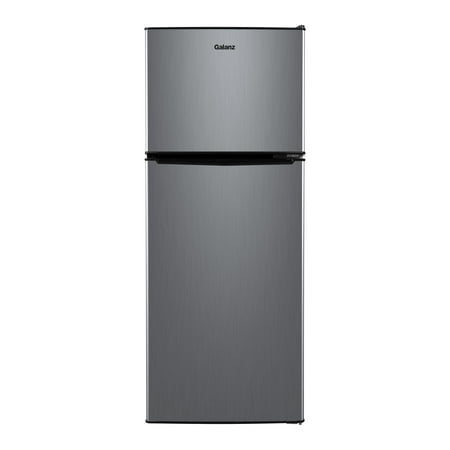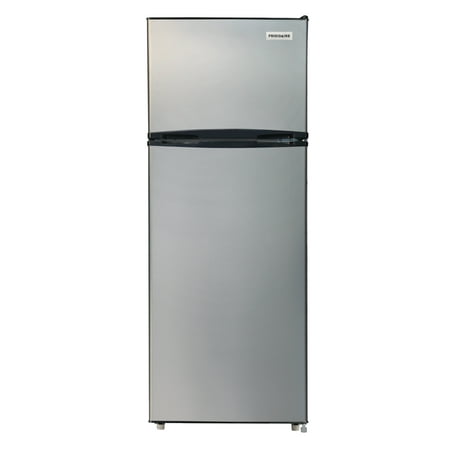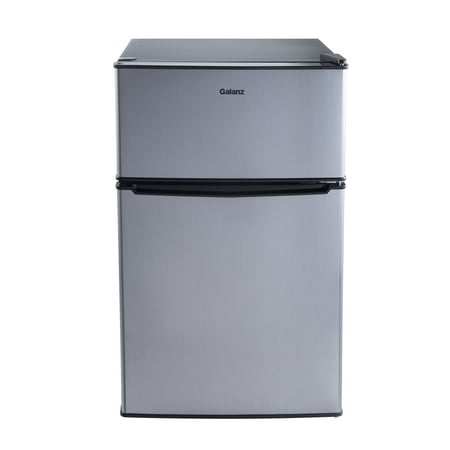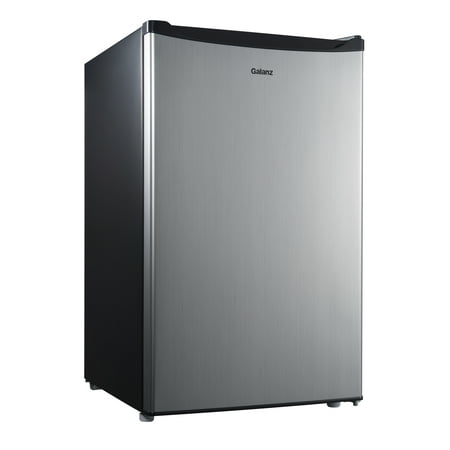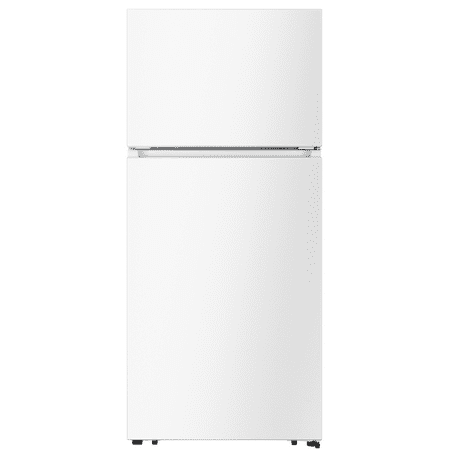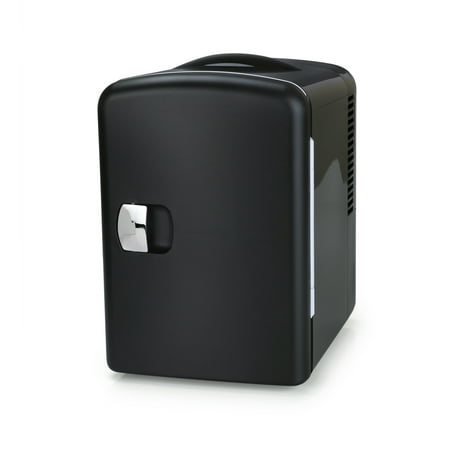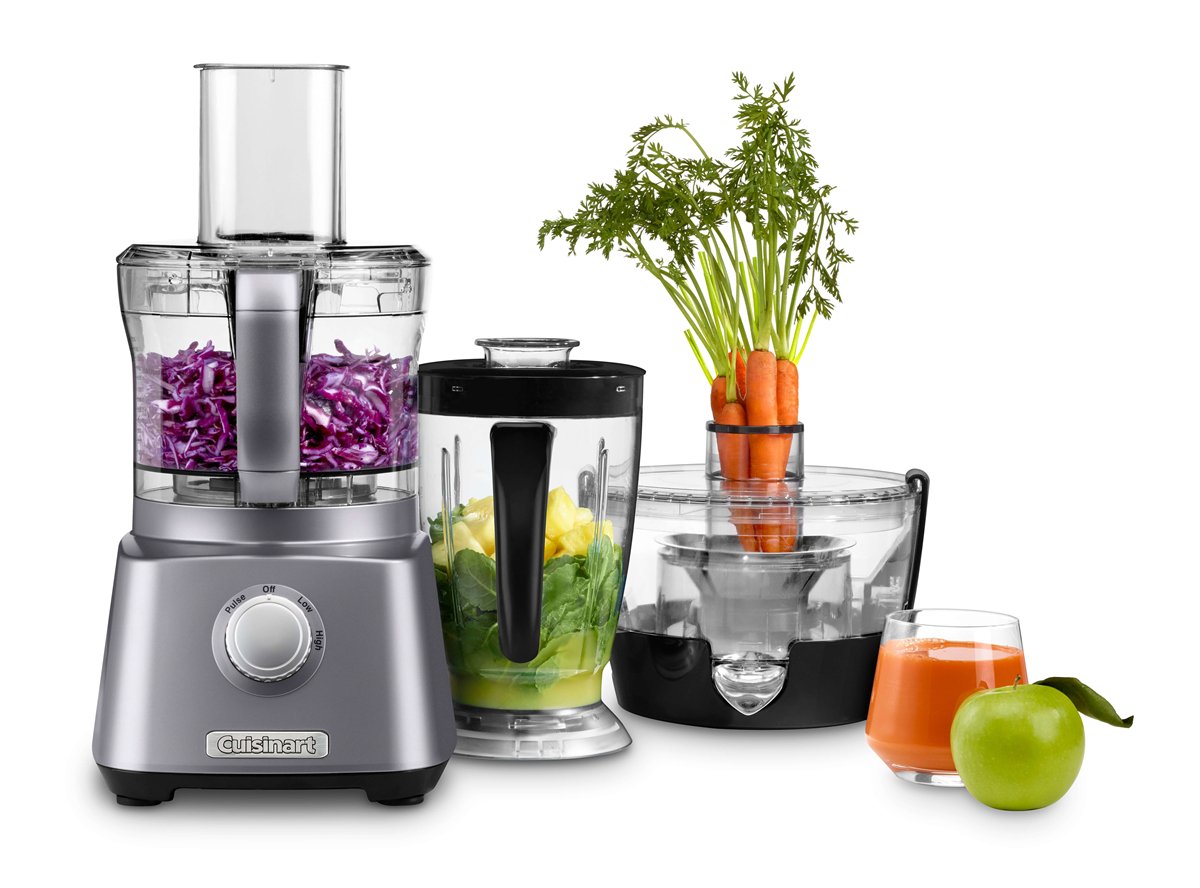The step-by-step guide on “How to store food in the refrigerator” aims to provide users with a comprehensive understanding of the best practices for effective food storage. This guide is designed to help individuals maximize the use of their kitchen appliances, specifically the refrigerator, and ensure the proper storage of different types of food items. By following the clear and practical steps outlined in this guide, users can extend the shelf life of their groceries, reduce food waste, and maintain sanitary conditions within their refrigerator.
#99 Fridge Organization: How to Store Food correctly
Food is precious. And storing food properly is almost an art! An average household ends up throwing out 22 percent of the fresh ...
살림 초보를 위한 식재료 보관법, 손질 / 냉장고 정리 / 식재료 소분 냉장, 냉동 보관법 / How to store food (SUB)
Step 1: Clean and organize the refrigerator
Remove any expired or spoiled food items from the refrigerator. Start by checking each item in the refrigerator and discard anything that is past its expiration date or showing signs of spoilage. This includes checking items such as dairy products, meats, fruits, and vegetables. For example, if you come across a container of yogurt that has expired, throw it away immediately. Similarly, if you find a bag of moldy strawberries, dispose of them properly. By removing these items, you will not only create more space in the refrigerator but also prevent the spread of bacteria and bad odors.
Clean the shelves, drawers, and walls of the refrigerator using a mild detergent and warm water. Begin by taking out all the removable components, such as shelves and drawers. Place them in the sink filled with warm water and add a small amount of mild detergent. Scrub each component thoroughly using a sponge or soft brush, making sure to remove any spills or sticky residue. For instance, if you notice a sticky stain on one of the shelves, use the sponge to gently scrub it until it is clean. While the components are soaking, use a damp cloth or sponge to wipe down the walls and surfaces inside the refrigerator. Remember to pay special attention to areas that may have accumulated grime or spills, such as the vegetable drawer or the door shelves. By cleaning these areas, you will ensure that your refrigerator is hygienic and free from any unpleasant odors.
Step 2: Separate and store raw and cooked food
Separate raw meats, poultry, and seafood from other food items to prevent cross-contamination. Place them in sealed containers or put them in plastic bags to contain any potential leaks. It is important to store these raw items separately from other foods to avoid the spread of harmful bacteria. By doing so, you minimize the risk of contamination and ensure food safety.
Similarly, cooked food should be stored separately to maintain its quality and prevent any bacterial growth. Transfer the cooked food to separate containers before storing it in the refrigerator or pantry. This helps to preserve the flavors and textures of the cooked dishes and avoids any potential contamination from raw foods. By following this practice, you can enhance the shelf life of the food and reduce the chances of foodborne illnesses.
Step 3: Use appropriate storage containers
Choose suitable storage containers that are airtight and prevent odor transfer. Opt for glass or plastic containers with tight-fitting lids, as they provide an ideal solution for storing leftovers, fruits, and vegetables. These containers effectively seal in freshness and prevent air from entering, keeping your food items crisp and flavorful for longer periods. To ensure proper organization and easy access, consider storing smaller food items or items that need to be stored in portions in resealable bags. These bags are convenient, as they allow you to store items securely while maintaining portion control and easy visibility of their contents.
When selecting storage containers, keep in mind the material and functionality. Glass containers are non-porous and do not absorb or transfer odors, making them an excellent choice for storing a range of food items. Plastic containers, on the other hand, are lightweight and shatterproof, making them ideal for on-the-go storage needs. Ensure that the lids of your chosen containers fit tightly to provide an airtight seal, preventing any unwanted odor transfer and maintaining the freshness of your stored food. By following these guidelines and selecting appropriate storage containers, you can effectively extend the shelf life of your food items and maintain their quality.
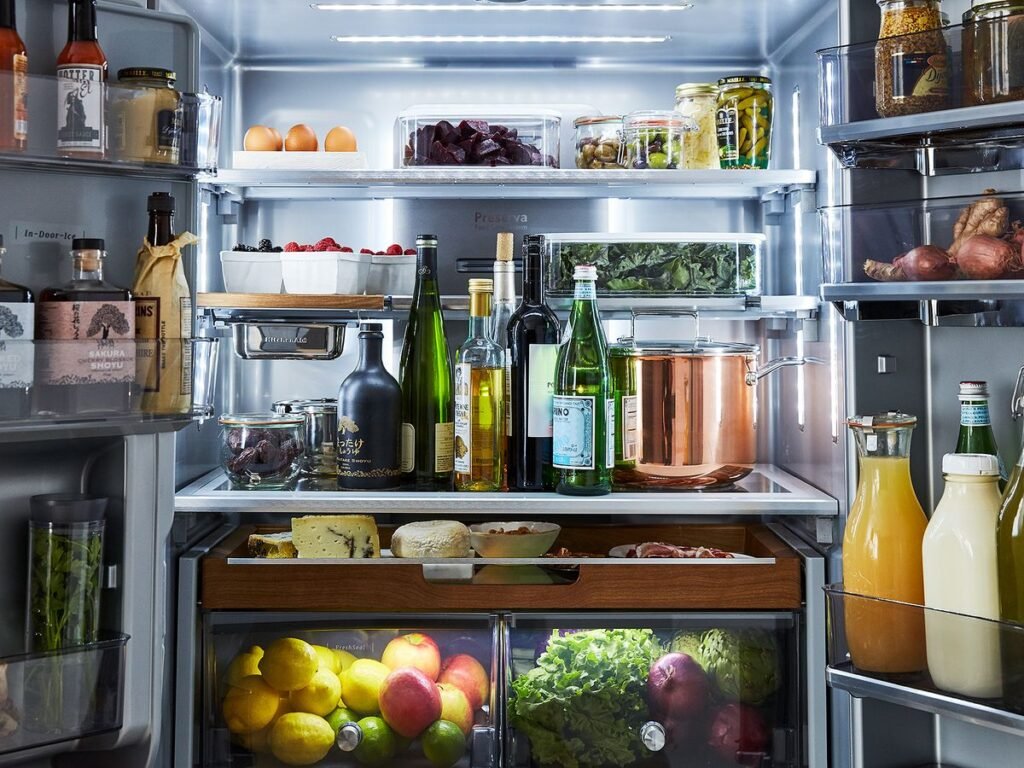
Step 4: Label and date the food
Label each container or bag with the contents and the date it was stored. This step is crucial for effectively managing your stored food and ensuring its freshness. By clearly indicating the contents and the date of storage, you can easily identify what you have on hand and determine when it should be consumed or discarded.
To label your food containers or bags, grab a permanent marker or use labels that can be easily removed. Start by writing a brief description of the contents, such as “cooked chicken” or “tomato sauce.” Be as specific as possible to avoid any confusion later on. Next, write the date of storage using a format that works best for you. You can use the month and day (e.g., 04/15) or spell out the month (e.g., April 15) – just make sure it’s legible and easy to understand.
For instance, if you are storing leftover spaghetti and meatballs from dinner on April 15th, your label might read “spaghetti and meatballs – April 15.” As another example, if you have frozen strawberries and want to keep track of their storage date, your label could simply state “frozen strawberries – 04/15.
By consistently labeling and dating your food, you’ll have a clear overview of what you have stored and when it needs to be used. This simple practice can help prevent food waste, save you time searching for specific items, and ensure that you consume food while it’s still fresh.
Step 5: Store food in the appropriate areas
- Store raw meats, poultry, and seafood on the lower shelves of the refrigerator to prevent any drips or spills from contaminating other food items. Place them in leak-proof containers or on trays to catch any liquids that may escape. By keeping these items on the lower shelves, you minimize the risk of cross-contamination with other foods, especially those that won’t be cooked before consumption. It is crucial to follow this practice to maintain food safety standards and prevent the spread of harmful bacteria.
- Store dairy products in the coldest part of the refrigerator, typically the back of the top shelf or in a dedicated dairy compartment if available. The colder temperature helps to preserve freshness and extend the shelf life of these items. Keep them in their original packaging, tightly sealed to prevent any odors or flavors from transferring to other foods in the refrigerator. By storing dairy products in the coldest part of the fridge, you ensure that they will stay at the appropriate temperature to maintain their quality and prevent spoilage.
- Fruits and vegetables can be stored in the crisper drawers. The humidity-controlled compartments of your refrigerator, commonly known as crisper drawers, are designed to maintain an optimal level of humidity, keeping your fruits and vegetables fresh for a longer time. You can separate fruits from vegetables or group them based on their compatibility to enhance their storage life further. Remember to store them unwashed and in breathable containers or plastic bags with tiny holes to maintain proper airflow. Regularly check for spoilage and remove any damaged or overripe items to prevent the spread of mold or other contaminants to other fruits and vegetables.
By following these storage guidelines, you ensure that your food remains fresh, minimize waste, and reduce the chances of foodborne illnesses caused by cross-contamination. Proper organization of your refrigerator will make it easier for you to find the items you need and maintain food safety standards for yourself and your family.
Final Thoughts
In conclusion, this guide has provided valuable information on how to store food in the refrigerator effectively. By following these simple steps, such as organizing items properly, maintaining the appropriate temperatures, sealing and labeling containers, and understanding the shelf life of different foods, you can maximize the freshness and extend the lifespan of your groceries. It is crucial to prioritize food safety and cleanliness while using your refrigerator to keep your food fresh and free from contamination. By implementing these practices, you can not only reduce food waste but also ensure that every meal is safe and enjoyable. Remember, proper food storage starts with you!
Essential Equipment
Maximizing freshness and longevity
Step-by-Step Guide to Operating Kitchen Appliances
- Familiarize yourself with the user manual: Read the manual that comes with the appliance to understand its features, settings, and any safety instructions or precautions
- Start with basic functions: Begin by using the basic functions of the kitchen appliance before attempting more advanced features. This will help you get comfortable with the appliance and build confidence
- Learn proper cleaning and maintenance: Regularly clean your kitchen appliance according to the manufacturer’s instructions. This will help prevent any build-up or damage and keep it in optimal condition
- Experiment with different recipes: Try different recipes that are specifically designed for the kitchen appliance you are using. This will allow you to explore its capabilities and learn how to make the most out of it
- Seek online tutorials and resources: Take advantage of online tutorials, videos, and forums dedicated to using kitchen appliances. These resources often provide helpful tips and tricks, as well as answer common questions that beginners might have
Frequently Asked Questions about Kitchen Appliances
Are there any energy-efficient options available for kitchen appliances?
Yes, there are several energy-efficient options available for kitchen appliances. Many manufacturers have introduced appliances that are designed to consume less energy while still providing the necessary functionality. Energy-efficient kitchen appliances typically use advanced technologies such as insulation, improved motors, and sensors to reduce energy consumption.
For example, energy-efficient refrigerators are designed with better insulation and compressors, allowing them to consume less electricity compared to older models. Similarly, energy-efficient dishwashers have features such as soil sensors and efficient spray arms that help reduce water and energy usage. In addition, energy-efficient cooking appliances like induction cooktops and convection ovens utilize innovative heating methods to minimize energy waste.
When shopping for energy-efficient kitchen appliances, look for the Energy Star label. The Energy Star program is a government-backed initiative that certifies appliances with superior energy efficiency. Appliances with the Energy Star label meet strict criteria set by the U.S. Environmental Protection Agency and the Department of Energy.
By investing in energy-efficient kitchen appliances, not only can you reduce your energy consumption and utility bills, but you can also contribute to a more sustainable environment.
Read More :
